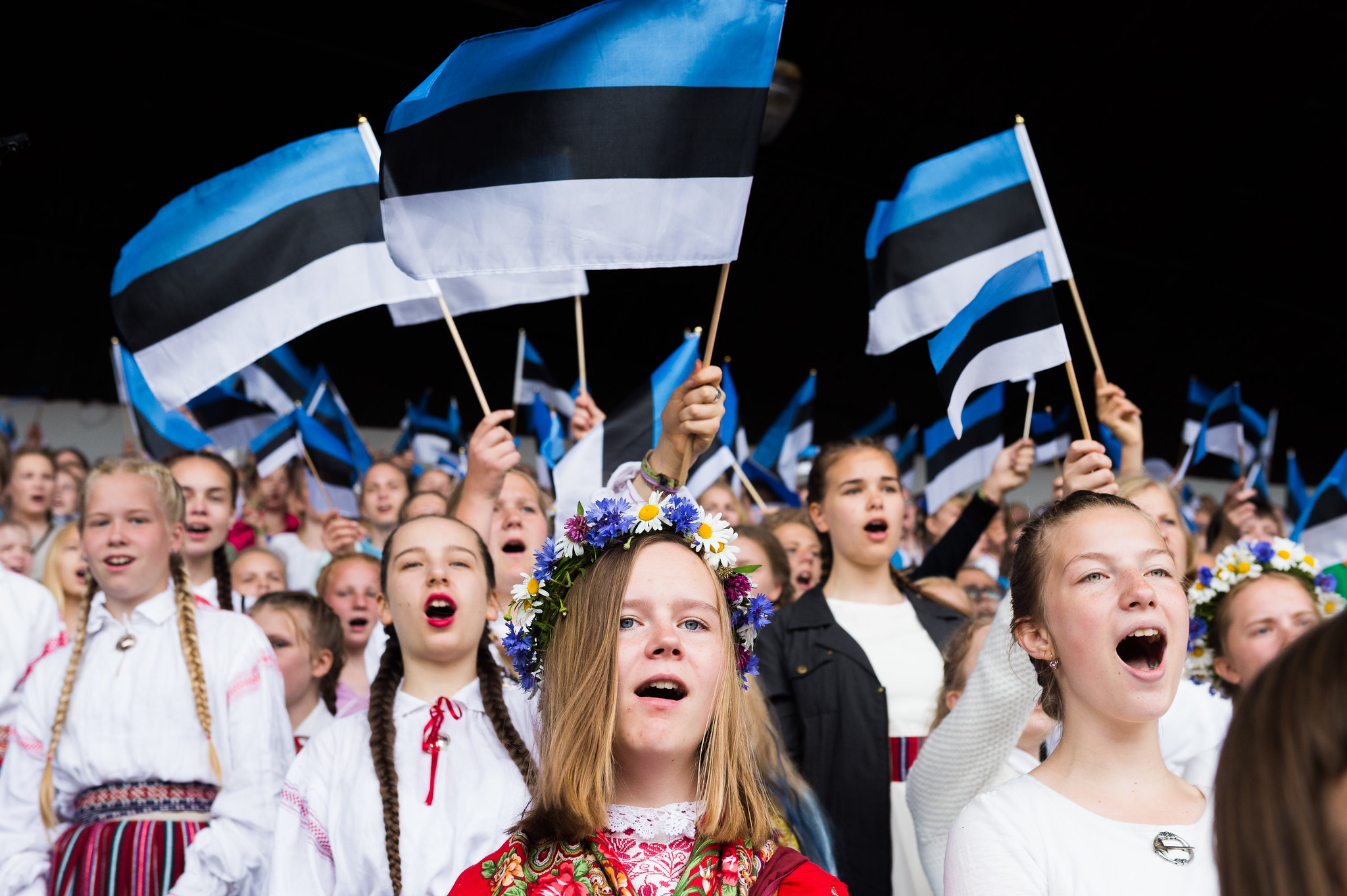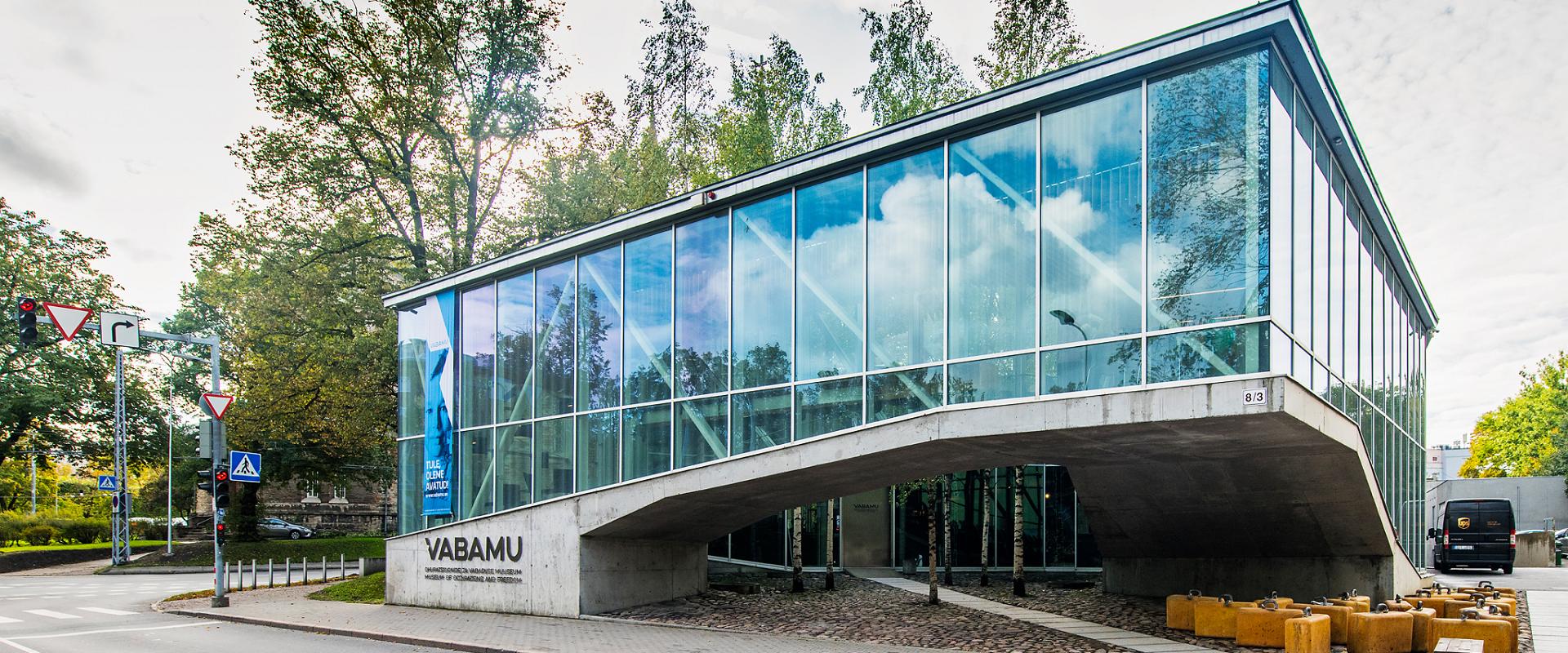
How Estonia regained its independence
On August 20th, 1991, Estonia re-declared its independence. Every August, this day is celebrated with commemorative events all over the country.
The Republic of Estonia celebrates its thirty-third anniversary of restored independence this year.
The Singing Revolution and the human chain connecting Estonia, Latvia, and Lithuania (also known as the Baltic Way) were pivotal events leading up to Estonia's second independence. Every year celebrations take place all over the country to commemorate the occasion.
Early Estonian Independence
Despite being ruled by foreign powers for centuries, the Estonian people never stopped striving for their nation's independence. Independence first came on February 23rd, 1918. From the balcony of the Endla Theater in Pärnu, a manifesto declaring Estonia to be a sovereign state was read out to the people. The nearby crowd sang out Mu isamaa, mu õnn ja rõõm (My fatherland, my happiness, and joy) in unison. This song would later become Estonia's national anthem.
The next day, news of the manifesto reached Tallinn, and the document was published for the general public to see. After the War of Independence and peace negotiations, a new independent Estonia emerged.
Now February 24th is celebrated as Estonian Independence Day.

Source: Estonian National Archives, Wikimedia Commons
However, independence was short-lived.
The Soviet Union and Nazi Germany signed the Molotov–Ribbentrop Pact on August 23rd, 1939, placing Estonia under the Soviet "sphere of influence" and paving the way for the annexation of Estonia to the Soviet Union in 1940. From 1941-1944 Estonia was occupied by Nazi Germany. At the end of World War II, the Soviet Union reoccupied Estonia until the tumultuous events of the late 1980s.
Visitors interested in learning more about life in Estonia during the Soviet occupation should visit Vabamu in Tallinn. This museum combines personal narratives with informative exhibits on Estonia's recent past.

A new wave of nationalism
During the late 1980s, feelings of national sentiment and independence began to gain strength and momentum. The policy of Perestroika meant more liberal reforms were taking place within the Soviet Union. On September 26th, 1987, a proposal for Estonia's economic autonomy within the Soviet Union was published in the Tartu newspaper Edasi (Estonian for forward).
The Singing Revolution
Events known as the Singing Revolution began to unfold during the summer of 1988. In May, Five Patriotic Songs premiered at a music festival in Tartu, and then in June, the Old Town Festival was held in Tallinn. After the official festival, numerous mass singing events occurred at the Tallinn Song Festival Ground, with participants focusing on patriotic songs.

Source: Jaan Künnap, Wikimedia Commons
On September 11th, 1988, roughly 300,000 Estonians (almost one-third of the population) came together in Tallinn for the National Song Festival.
For the people of the Baltic States, choral singing has always been a source of strength and national unity. That year, the sense of nationalism was high, and singing became a means of expression and a way to protest Soviet hegemony.
The Baltic Chain
Along with the Singing Revolution, the Baltic Chain (also called the Baltic Way) was instrumental in Estonia regaining its independence. On August 23rd, 1989, nearly two million people from Estonia, Latvia, and Lithuania took to the streets, clasping hands to form a chain of people that extended for 670 kilometers.
The date of the Baltic Chain was chosen to coincide with the 50th anniversary of the Molotov-Ribbentrop Pact. The actions were hugely successful at gaining attention from around the world and Soviet Moscow in particular.
The Baltic Way
UNESCO Memory of the World Register
Independence restored
In 1991, the culmination of events came to a head. The widespread push for restoring Estonia's independence continued. Following the August Coup in Moscow, Estonia declared independence on August 20th, 1991, when the Supreme Council of Estonia established de facto independence.
August 20th is now a national holiday known as Restoration of Independence Day.
Get inspired
Last updated
29.07.2024